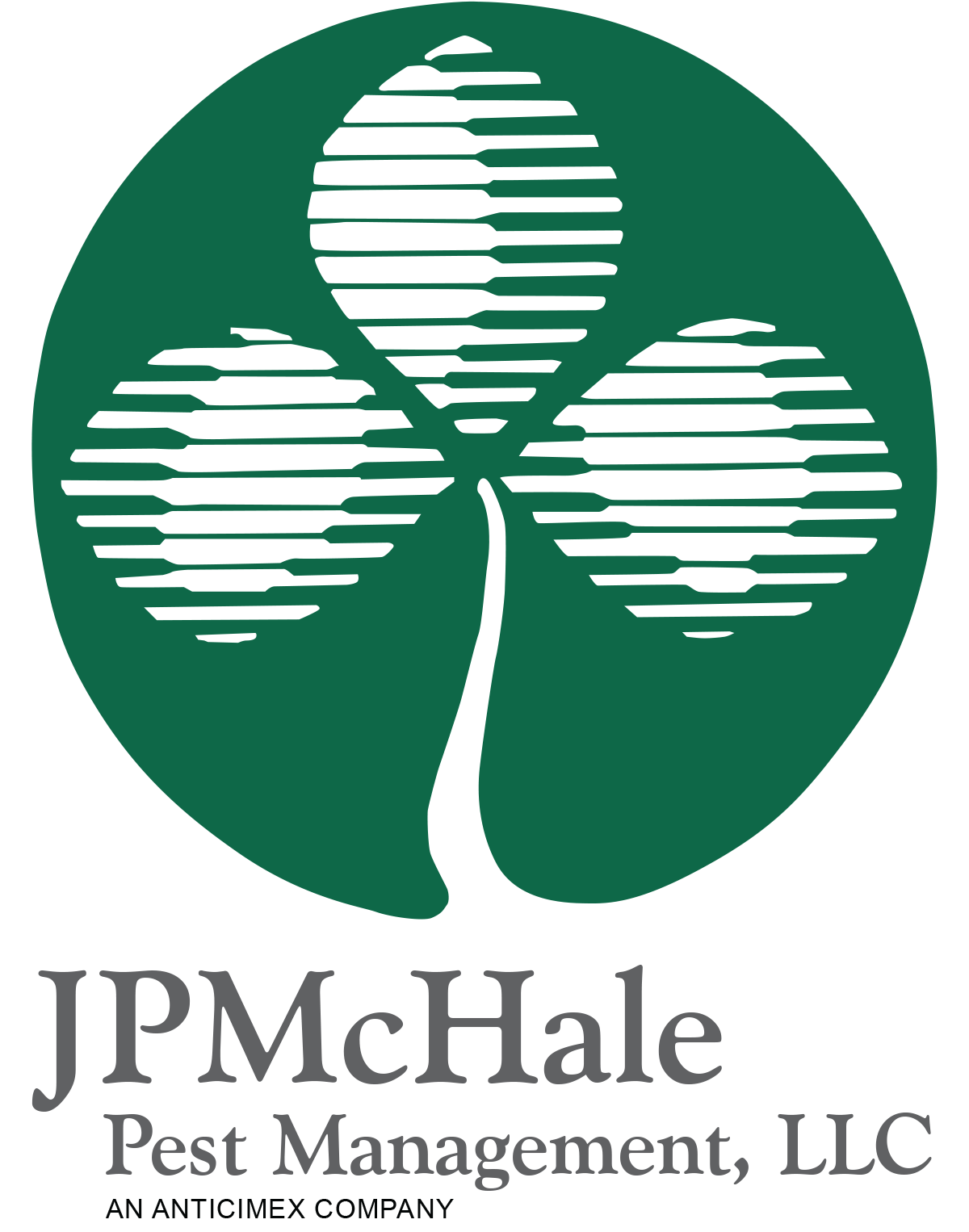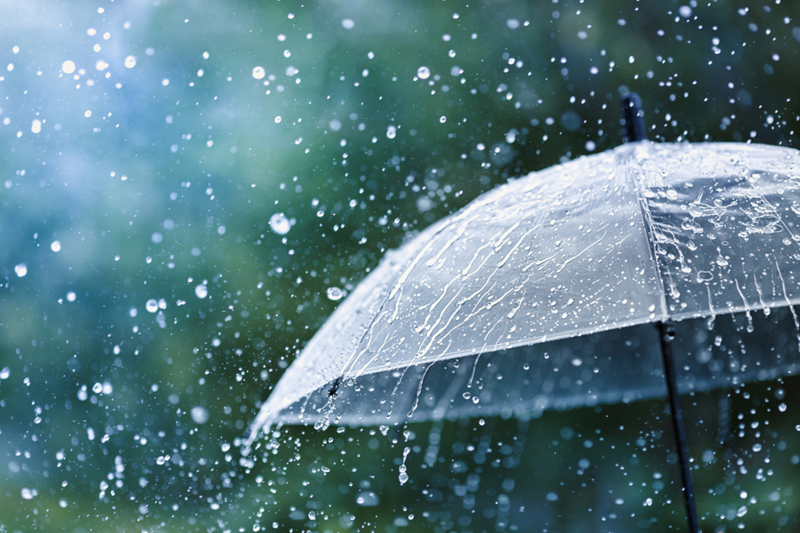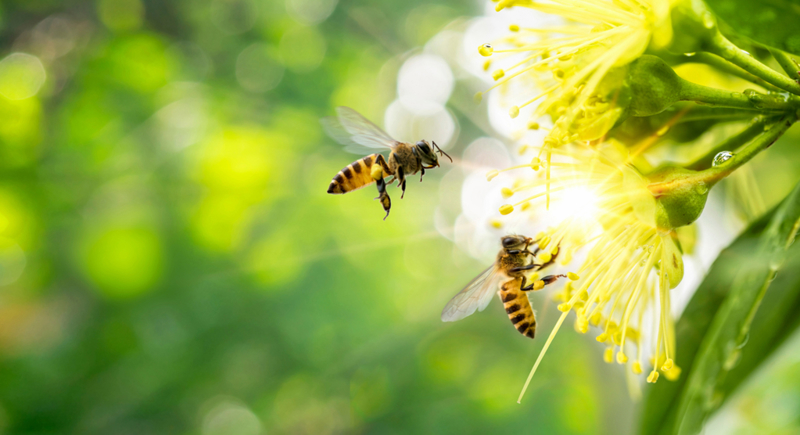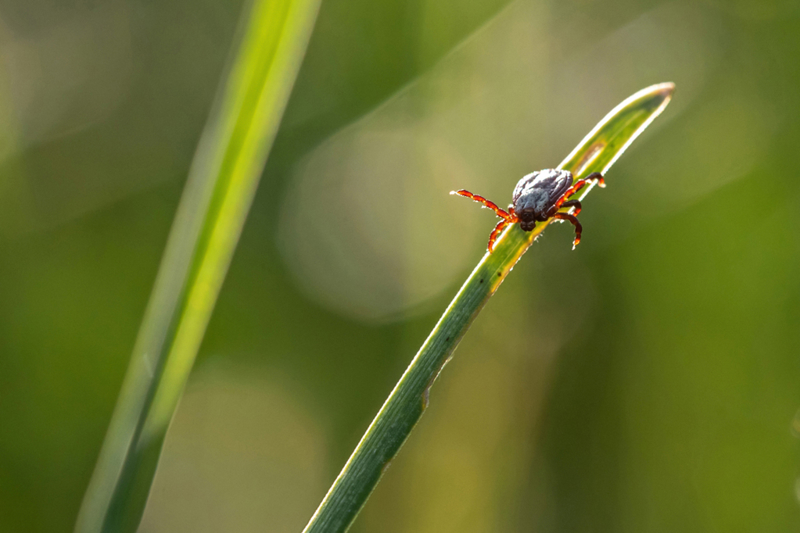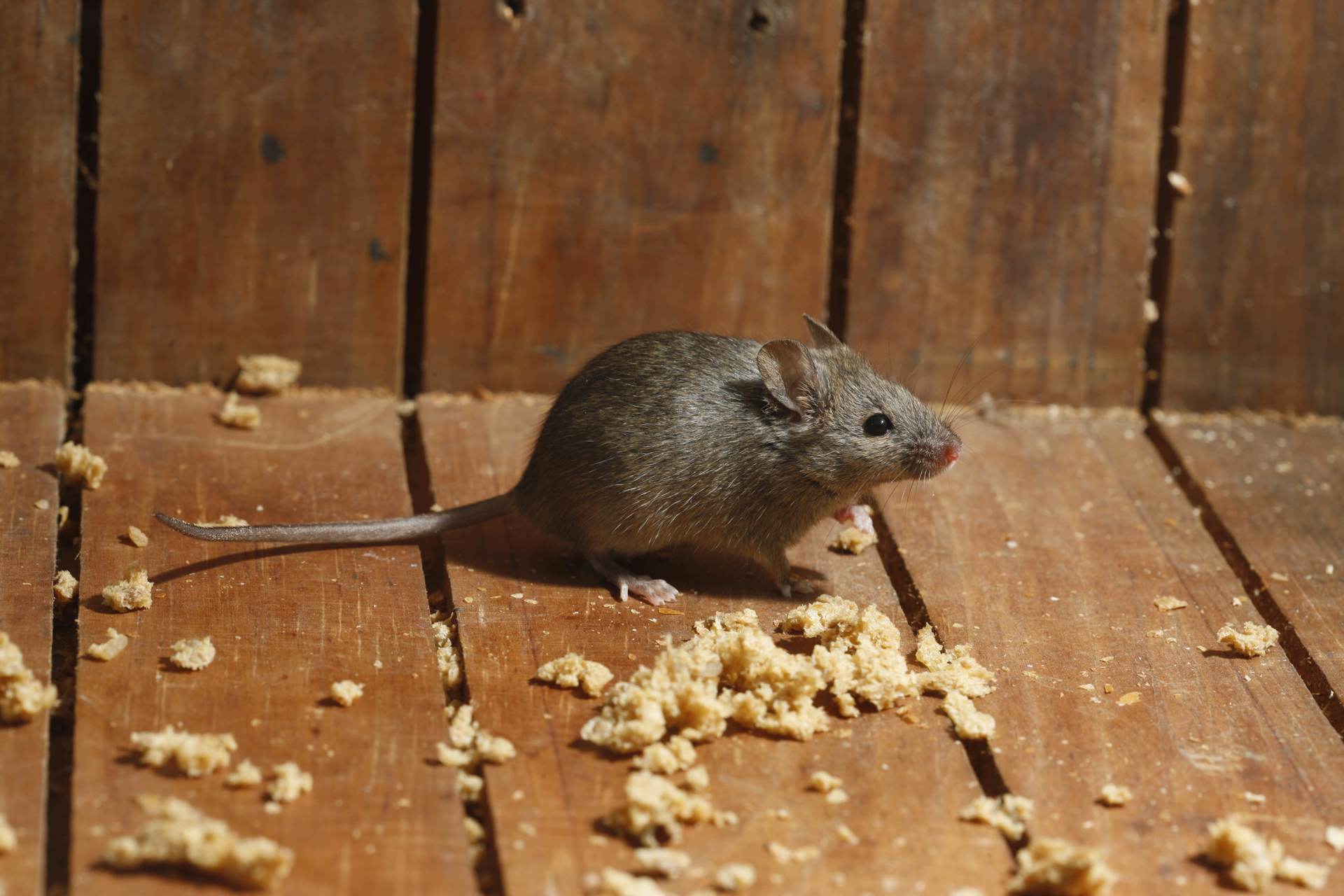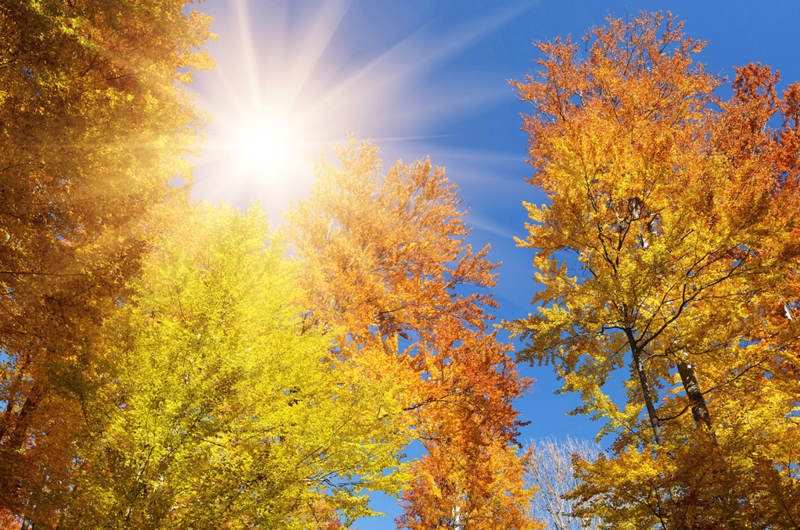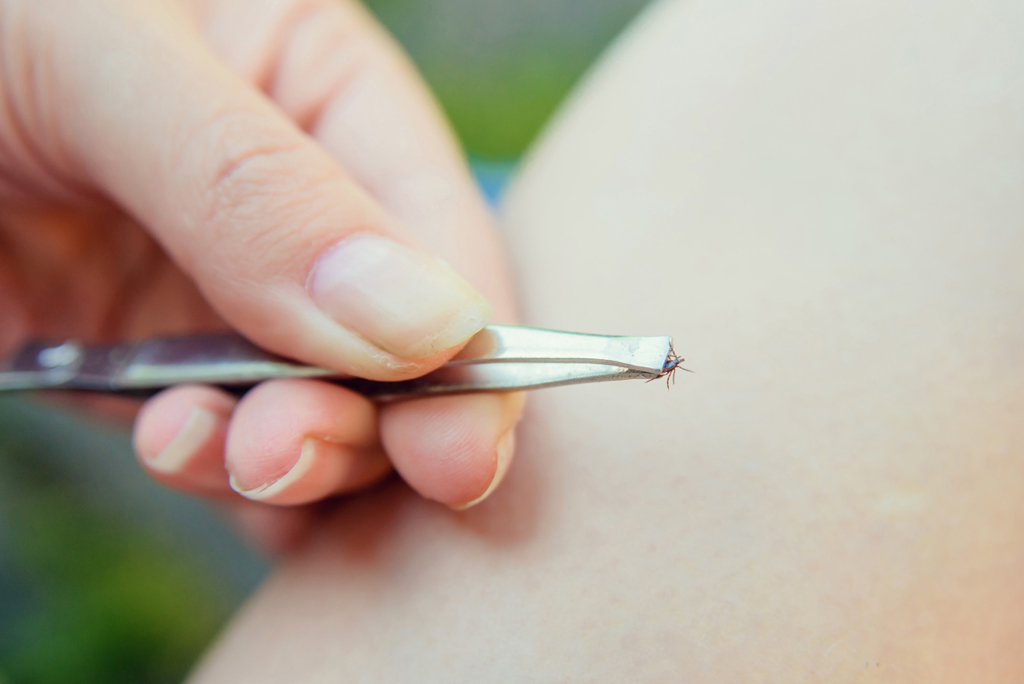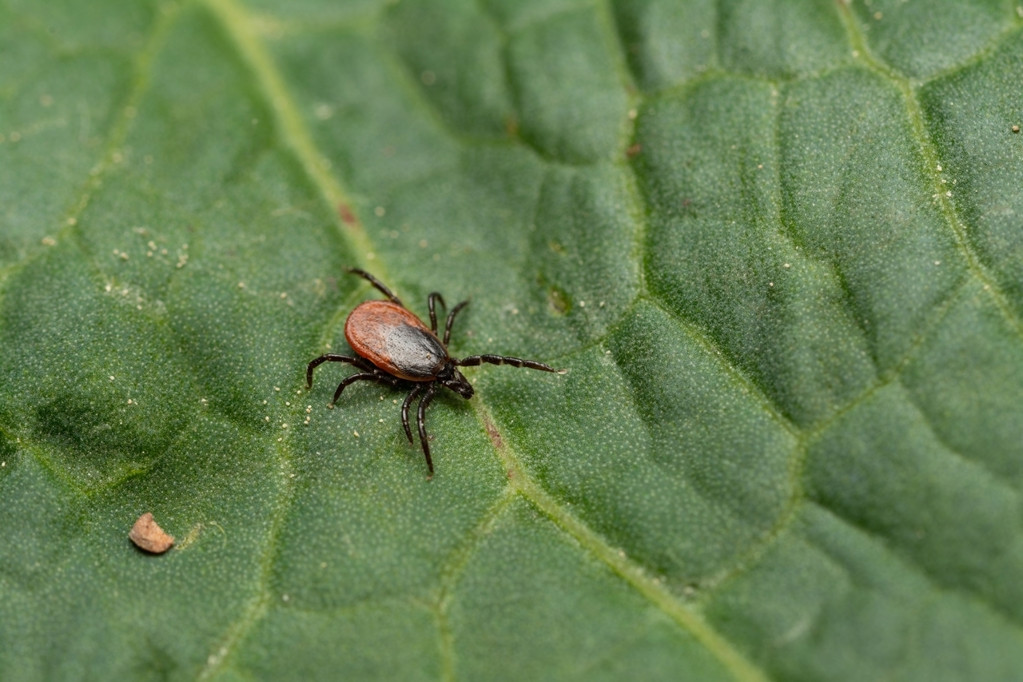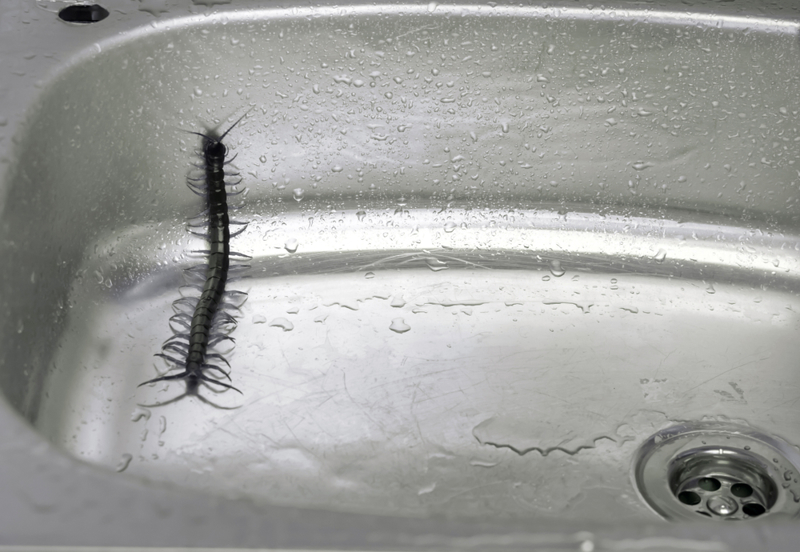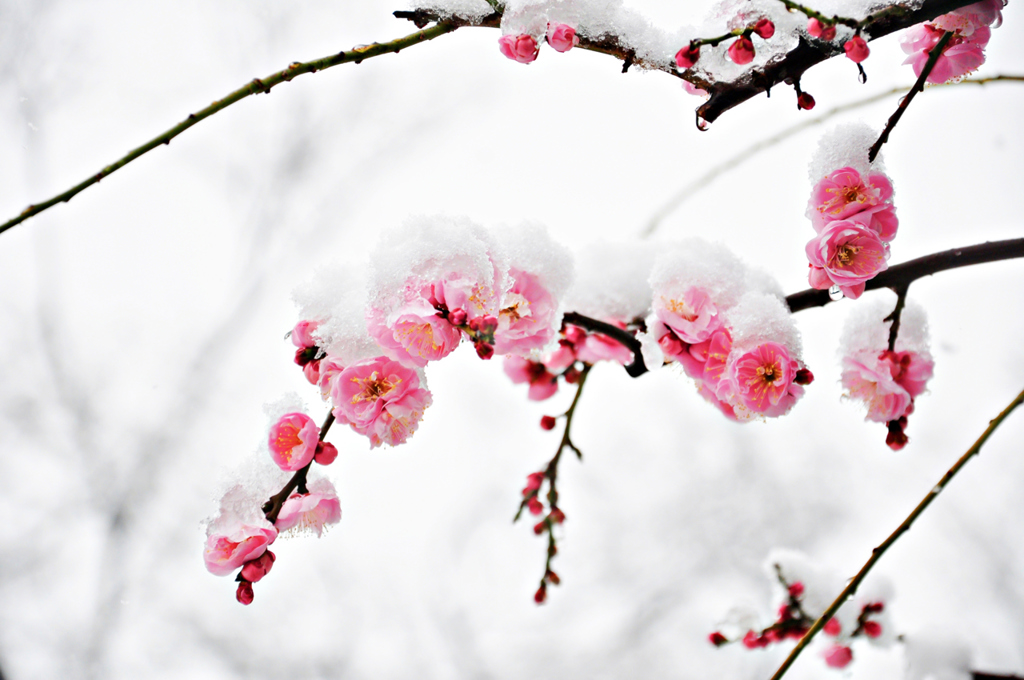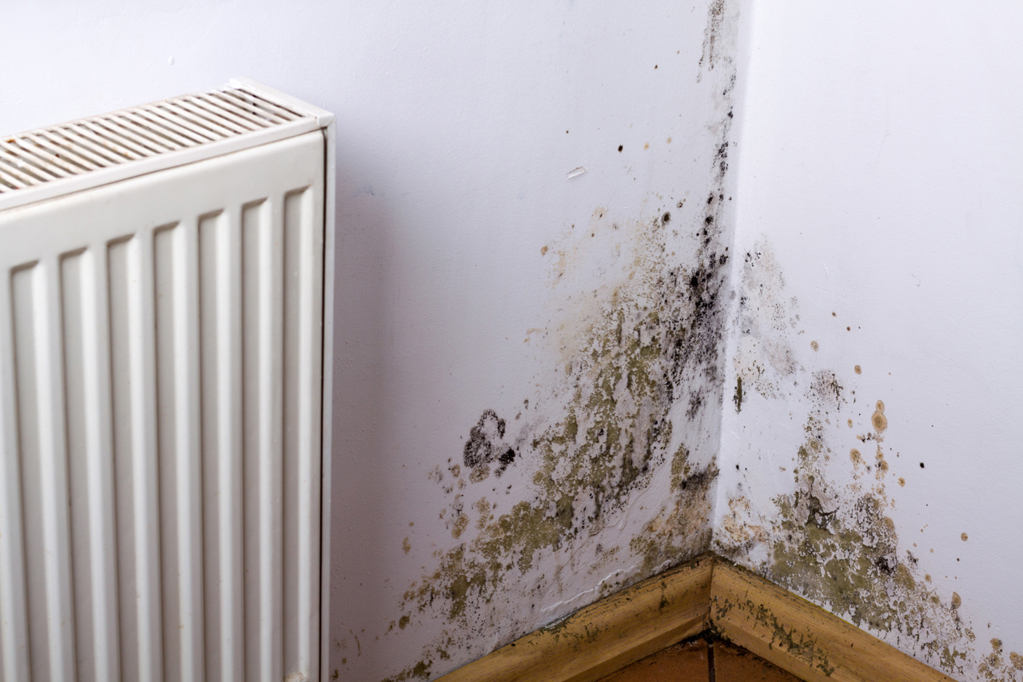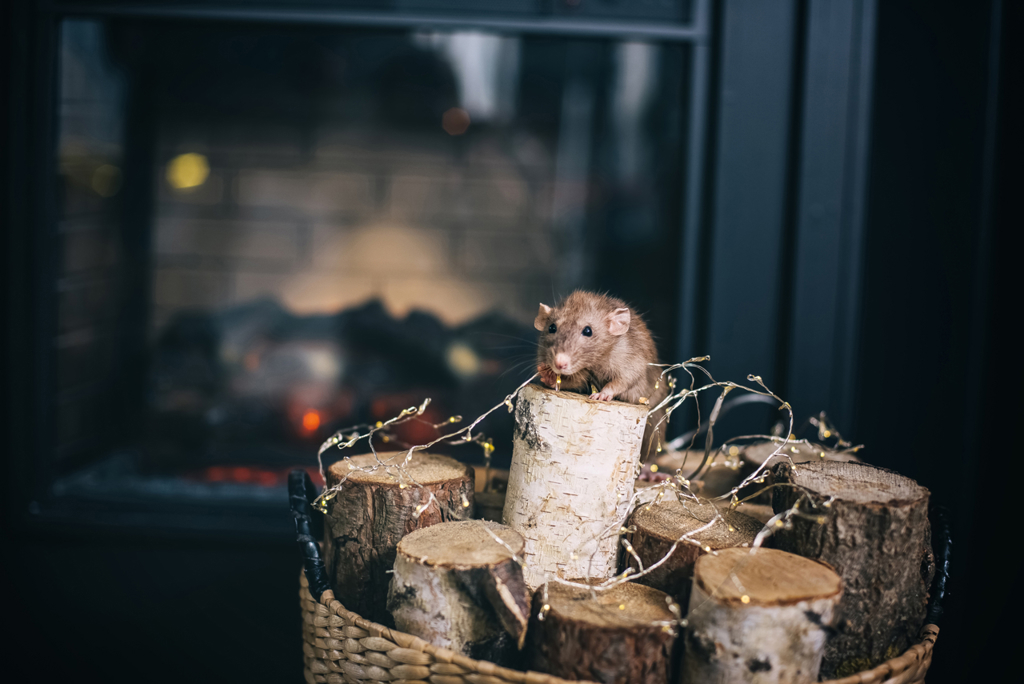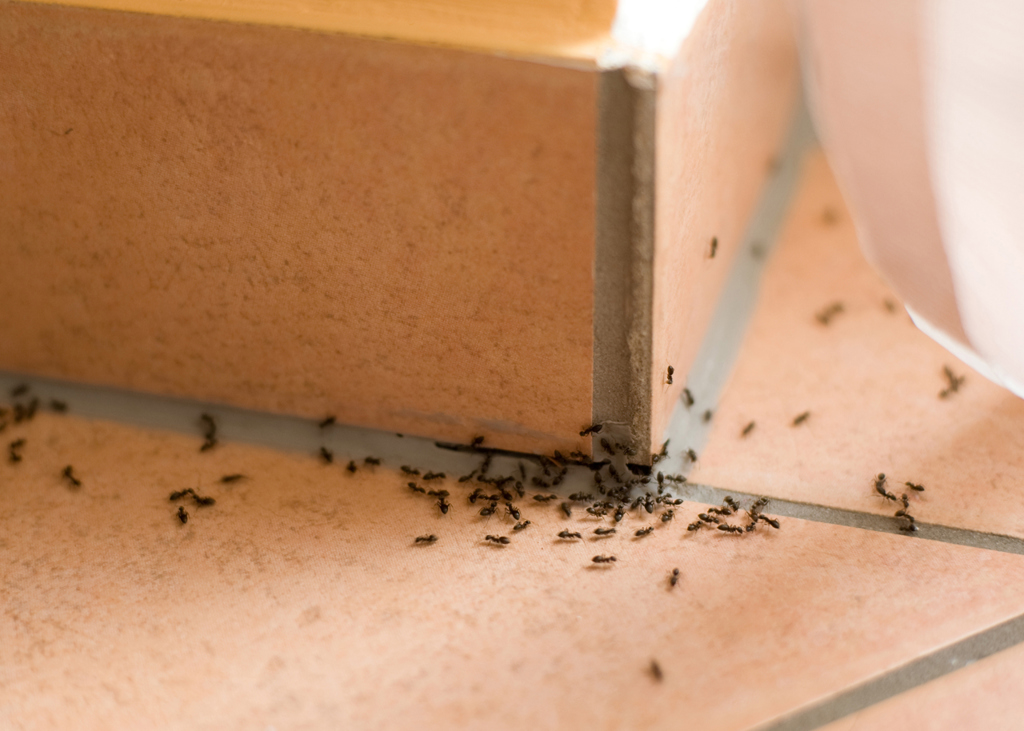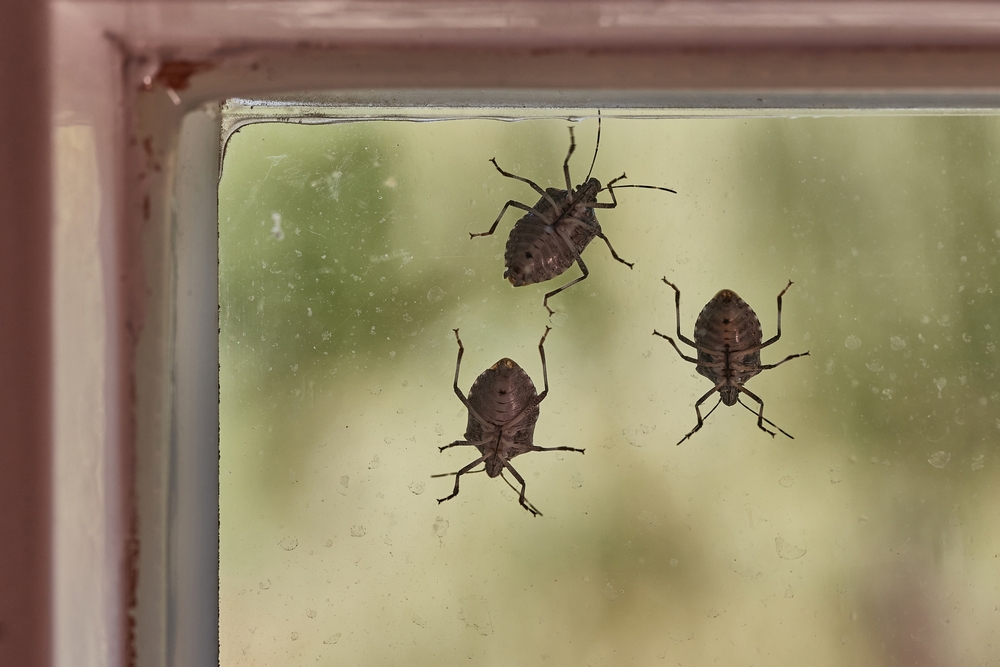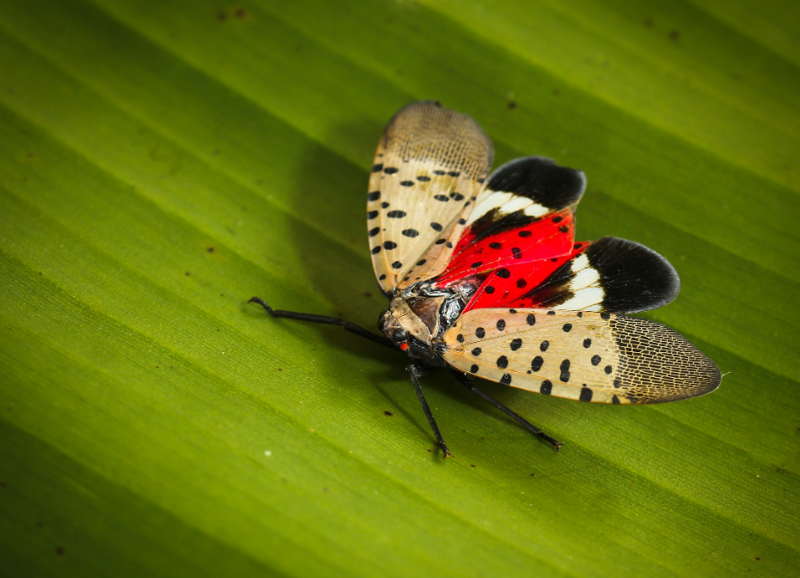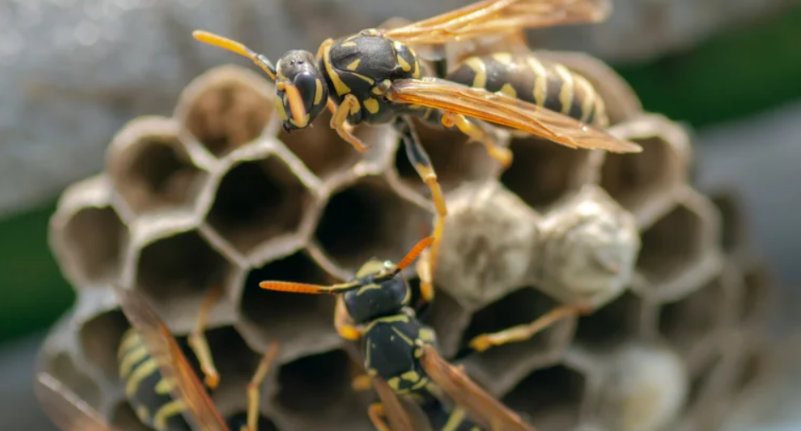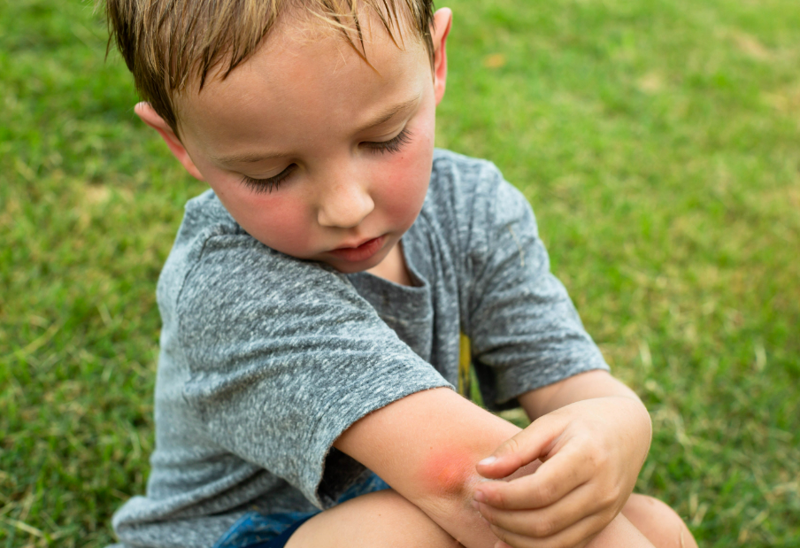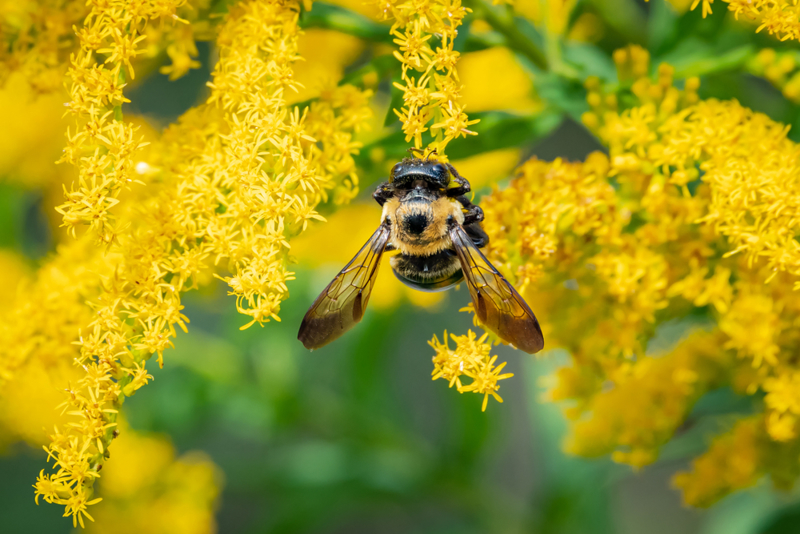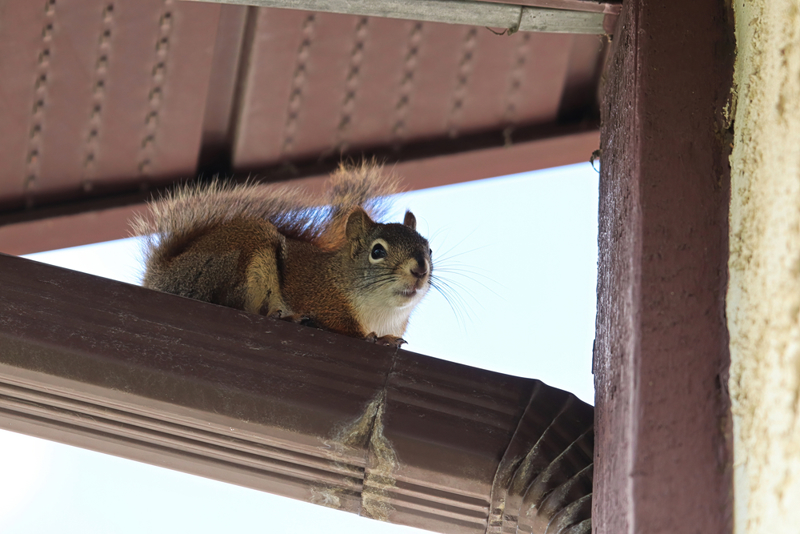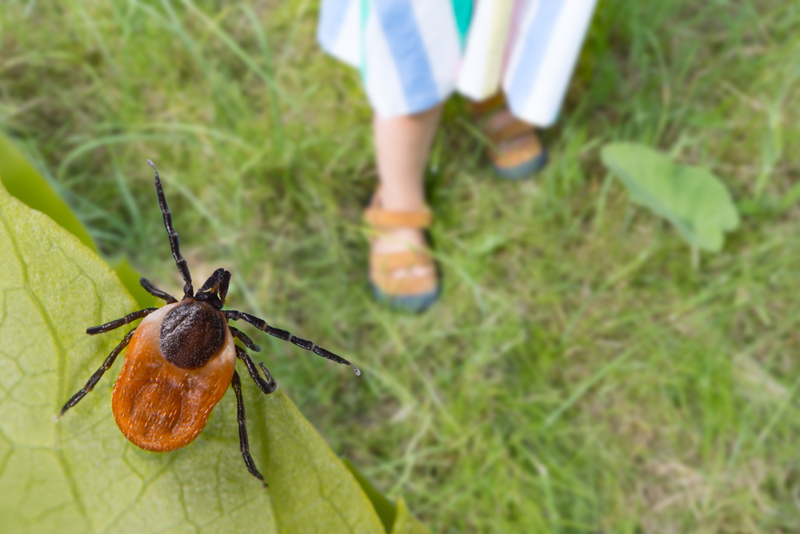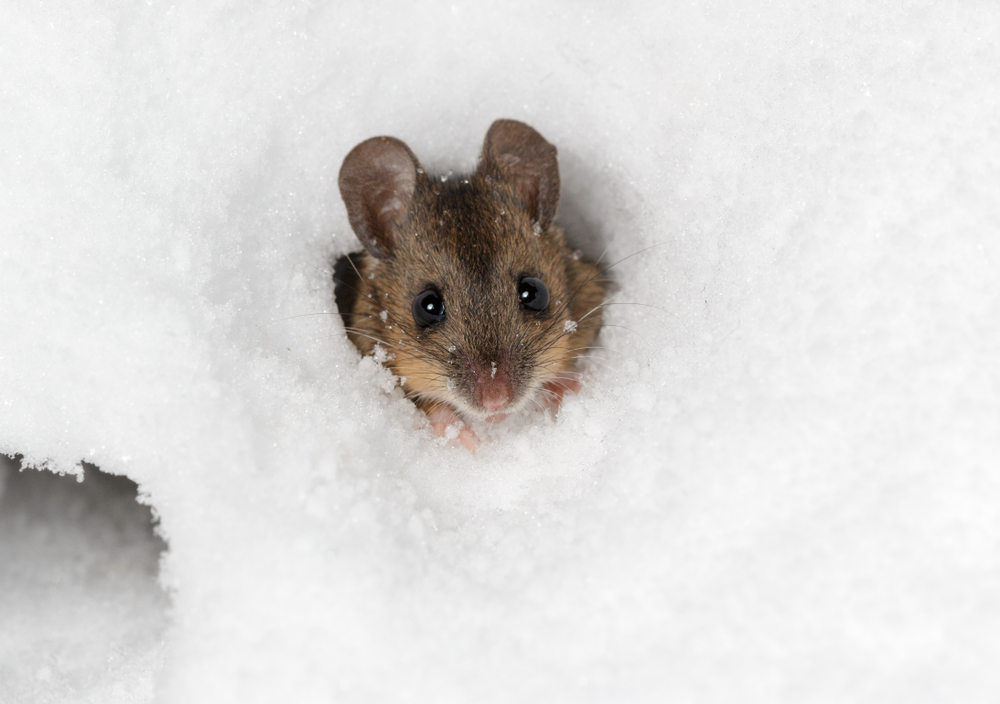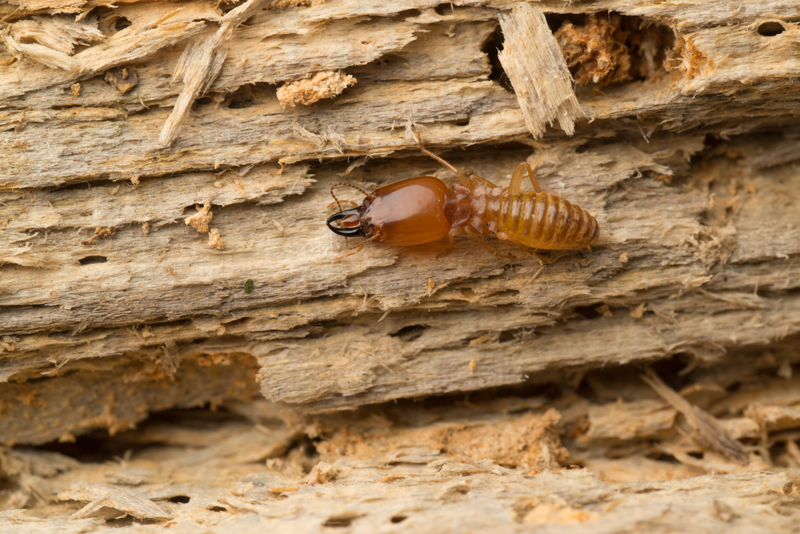
Blog & Education
At JP McHale Pest Management, we want to provide you with the valued opinions and helpful advice from trained pest control and lawn care professionals.
- All
- Mice
- Ticks
- Flying Insects
- Mosquitoes
- Rodents
- Overwintering
- Stink Bug
- ants
- SMART
- Bed Bug
- humidity
- mold
- Lyme Disease
- Spring
- cockroaches
- earwigs
- silverfish
- termites
- asian lady beetles
- cicada killers
- flies
- lawn
- spotted lanternflies
- fruit flies
- Business
- home shield
- Racoons
- Skunks
- Squirrels
- stinging insects
- wildlife
- Bees
- Wasps
Mice
Rodents
home shield
SMART
Celebrity Death from Rodent-Borne Hantavirus Sparks Questions & Concerns
Mice
Ticks
Mosquitoes
spotted lanternflies
When Fall Feels Like Summer: How Unseasonable Warmth Can Bring Back the Bugs!
Ticks
Mosquitoes
Overwintering
ants
stinging insects
How to Keep Pests Away From Your Labor Day Weekend Plans
cockroaches
Mice
ants
fruit flies
Business
Don't Let Pests Taint Your Business’ Reputation: The Impact of Pest-Related Diseases
spring
silverfish
ants
asian lady beetles
Mosquitoes
termites
Rodents
A Warm and Sunny Welcome to Early Spring Can Also Be an Invitation for Some Unwelcomed Guests (Pests!) In Your Home
Mosquitoes
termites
cockroaches
earwigs
silverfish
humidity
Is Moisture Flooding Pests Into Your Home?
mice
ants
Why Am I Still Seeing Bugs? Is My Pest Management Company Really Doing Their Job?
You’ve seen a host of ants in the kitchen or a mouse or two in the basement, so you call your pest management company and look forward to having them resolve your pest issue quickly. However, days pass and you are actually seeing more ants (or mice) than ever before. So, what is going on? Why is this happening when you’ve invested your time and money into hiring a pest management company?
Stink Bug
Overwintering
Are Stink Bugs Driving You Crazy? Pest Experts Reveal How To Get Rid Of Stink Bugs
Stink Bugs are out earlier this year because of the rainy summer we had and now, our cooler weather is forcing stink bugs to make their way inside to find warmth. In addition, stink bugs secrete pheromones to alert other stink bugs to where they are, which is why they can frequently be found congregating.
Rodents
SMART
Business
Rat-Proof Your Business
There were more than 2,378 rat-reported complaints in NYC during the month of June — and this number continues to rise.
Ticks
Mosquitoes
Summer's Uninvited Guests: Your Expert Guide to Tackling Ticks and Mosquitoes
Five cases of locally transmitted malaria were discovered in Texas and Florida, citing mosquito-borne diseases are expected to travel outside of their typical regions.
7 Expert Tips to Enjoy a Bug-Free Memorial Day BBQ
Whether you’re opening up the pool or getting ready to fire up the grill this Memorial Day weekend – don’t forget to protect your home from pests!
Ticks
It’s Tick Awareness Week - Here’s the 411 on Preventing Ticks!
With an estimated 300,000 new cases of Lyme Disease occurring in the US every year, it's important to remember that the peak season for contracting the tick-borne illness is late spring into early summer.
Not Welcome! 5 Ways to Keep Animals Out of Your Home
If your home is located next to a wooded area or a grassy field, you’ve most likely seen wildlife on your property.
Ticks
Protect Yourself from Ticks this Spring
The New York State Department of Health sent out an official warning this week notifying people about the arrival of ticks, along with the start of the warmer spring weather.
Rodents
Mice
Don’t Let it Snow: Mice Stay Out!
With this week's forecast predicting more snowy days on the way, you can take steps to make sure that your home does not become a snow hideout for mice.
Watch Out for Late Winter Bugs!
Be proactive and keep these unwanted late-season guests out of your home. The first step is knowing who they are and how to block all their entry points.
Exterminator vs. Pest Control Company: Is There Really A Difference?
Today’s pest control technicians are educated professionals who focus on environmentally conscious ways to vanquish pests.



